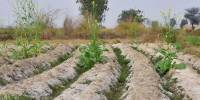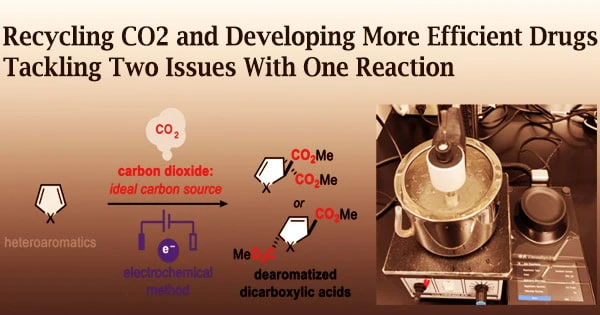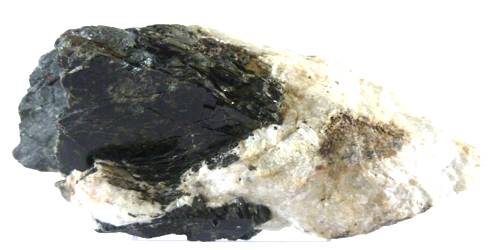Copper hydroxide is the hydroxide of copper with the chemical formula of Cu(OH)2. It is also called cupric hydroxide is a pale blue precipitate produced when sodium or potassium hydroxide is added in excess to a solution of a copper salt. It is a pale greenish-blue or bluish-green solid.
It is crystalline but inert compound used in the preparation of a wide variety of salts. Some forms of copper hydroxide are sold as “stabilized” copper(II) hydroxide, although they likely consist of a mixture of copper(II) carbonate and hydroxide. It is prepared by adding just sufficient aqueous ammonia to cupric sulphate to hold the copper in solution and then precipitating the hydroxide either by the addition of an equivalent quantity of alkali by removing ammonia from the solution using a dessicator. Cupric hydroxide is a strong base, although its low solubility in water makes this hard to observe directly.
Properties
- Molecular Weight: 97.56
- Appearance: Blue to blue-green gel or crystalline powder
- Melting Point: 80° C (176° F)
- Boiling Point: N/A
- Density: 3.37 g/cm3
- Solubility in H2O: N/A
- Exact Mass: 96.93508
- Monoisotopic Mass: 96.93508.

Chemical Properties
Copper hydroxide reacts with sulfuric acid forms copper sulfate and water. The chemical equation is given below:
Cu(OH)2 + H2SO4 → CuSO4 + 2 H2O
Copper hydroxide reacts with nitric acid forms copper nitrate and water. The chemical equation is given below:
Cu(OH)2 + 2HNO3 → Cu(NO3)2 + 2 H2O
Occurrence
Copper(II) hydroxide has been known since copper smelting began around 5000 BC although the alchemists were probably the first to manufacture it by mixing solutions of lye (sodium or potassium hydroxide) and blue vitriol (copper(II) sulfate).[3] Sources of both compounds were available in antiquity.
It was produced on an industrial scale during the 17th and 18th centuries for use in pigments such as blue verditer and Bremen green. These pigments were used in ceramics and painting.
Uses
- A mixture of copper hydroxide and copper sulfate is used as insecticides and pesticides.
- It is used widely in the aquarium industry for its ability to destroy external parasites in fish, including flukes, marine ich, brook and marine velvet, without killing the fish.
- Malachite copper hydroxide carbonate a bright green mineral used as an ore of copper and as a semiprecious stone for making ornaments.
- It has been combined with latex paint, making a product designed to control root growth in potted plants. Secondary and lateral roots thrive and expand, resulting in a dense and healthy root system.
- Used as an effective biocides as wood preservatives.
Information Source:
















